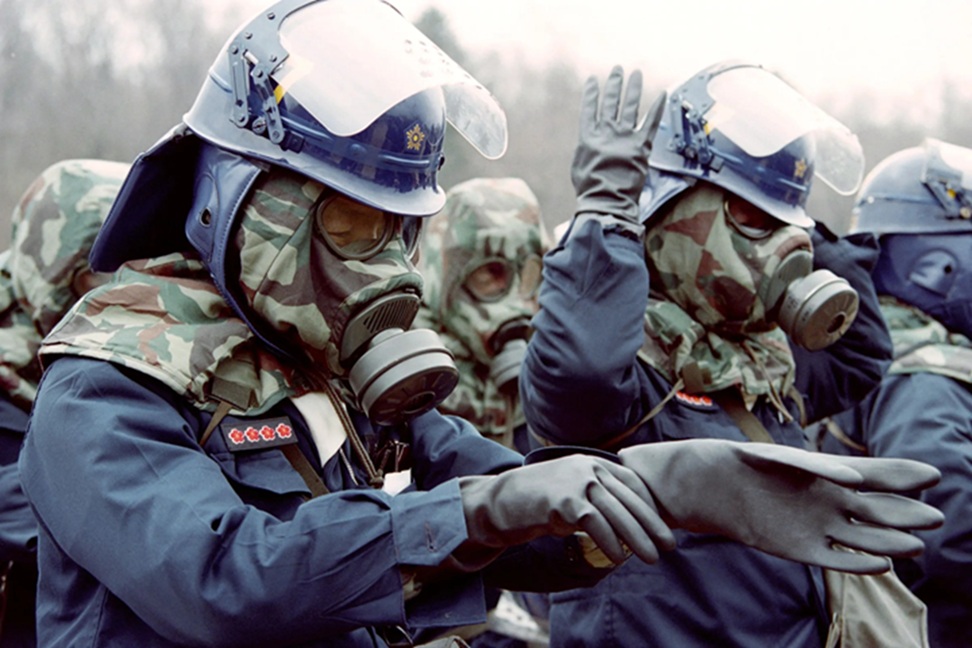Anger is a natural and primary emotion and everyone feels angry from time to time. Haven’t we all been in a work situation where someone loses their cool and flies into a rage? There might be an employee who holds the designation of the “office screamer?” Or sometimes, the employer or boss himself who tends to fly into an angry mood?
While some people may be prone to outbursts of emotion at work these incidents are simply a reflection of human nature. However, such episodes possess the tendency to disrupt the work environment as well as affect productivity and work relationships. Poor management of displaced anger can even lead to property damage and physical injury or even worse if things go out of hand.
Thus, there is a need to manage and control such emotional outbursts at work which insinuates the need for programs like anger management which can help by harnessing anger and rage at the workplace.
Despite one’s purest intentions and strongest efforts, it’s unlikely that one would be likely to affect a change in the person’s behaviour with simply their words or a counselling session. One’s susceptibility to anger tends to be deep-seated and beyond one’s ability to correct in the short-term. Instead, the focus of anger management programs should simply be to prevent the individual’s rageful behaviour from affecting the work environment rather than a permanent change in the perception of the individual’s anger.
Different techniques are effective for different people, but there are certain methods which prove to be instrumental in defusing episodes of anger. The focus of such training programs should be on teaching people life skills and not therapeutic sessions per se. Most anger management training incorporates skills such as stress reduction, communication, conflict resolution and problem-solving. Apart from them, there are several simple exercises which can be adopted to regulate one’s emotions and keep anger at bay.
Mindfulness is an effective technique and can help shift the mind away from anger during triggering situations. Finding alternative channels for relieving pent up emotions and frustration can help to express anger in a way that limits harm to others. Distraction is also a widely used technique to distance oneself away from the potential trigger of anger.
Title image courtesy: https://www.mangalorean.com/
Disclaimer: The views and opinions expressed by the author do not necessarily reflect the views of the Government of India and Defence Research and Studies








